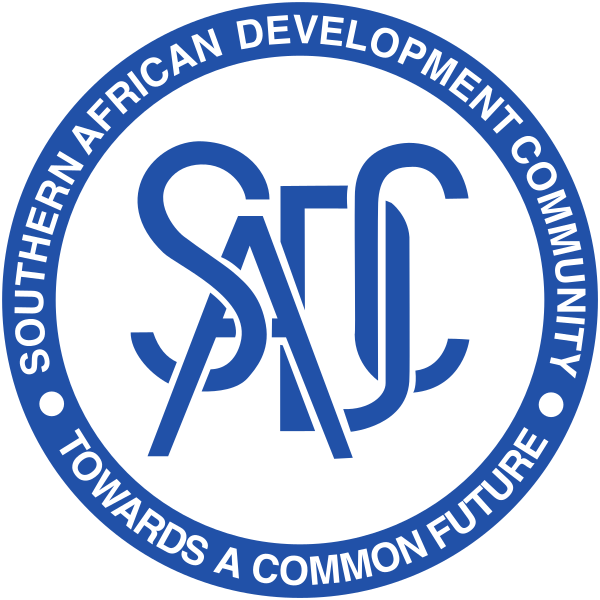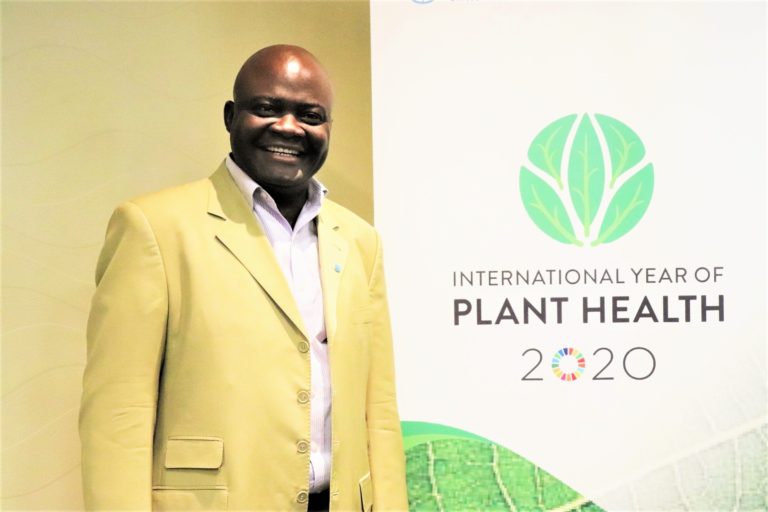Increasing Access to High-Quality, Improved Seeds for Better Plants and Food Security
Byline by: Evans Chinembiri, Takele Tassew and Itai Makanda
The United Nations Food and Agricultural Organization (FAO) has declared 2020 the Year of Plant Health (link is external). To mark the occasion, the Feed the Future Southern Africa Seed Trade Project (Seed Trade Project)(link is external) is celebrating the most critical of all farm inputs in agricultural production, the key to increased productivity – the seed.
Whether it’s the second “Green Revolution” or the “Evergreen Revolution,” quality seeds are the foundation. USAID, through the USAID Southern Africa Seed Trade Project, supports the Southern Africa Development Community (SADC)(link is external) by providing the necessary technical assistance to harmonize policies and regulations governing seed trade in all 16 SADC Member States.
Why is this important? The work facilitates seed trade across the region, integrating small and isolated national markets into one larger SADC-wide market for seeds, with the ultimate goal of increasing agricultural productivity and profitability, as well as food and nutrition security.
As SADC Food, Agricultural and Natural Resources (FANR) Director, Domingos Gove, stated, “Without seed, there is no agriculture. Without agriculture, there is no food. And without food, there is no human life.” So clearly, we cannot ignore the fundamental role of seed.
Further, we cannot disregard the importance of quality seed. One of the biggest barriers to agricultural growth and food security across Africa, and particularly in the SADC region, is the ability to export improved seed varieties. The issue of fake or sub-standard seeds undermines the region’s potential to become a major seed producing hub, not just for Africa but also internationally. Without quality seed and improved varieties, we are crippled with crops that: 1) have lower yields; 2) are significantly less resilient to changing climate trends; and 3) more vulnerable to pests.
In close partnership with the SADC Secretariat, USAID is working hard to make the SADC Harmonized Seed Regulatory System (HSRS)(link is external) guidance the regional standard with the vision that all 16 SADC Member States align their national seed policies with the HSRS, and in turn elevate seed trade across the whole region. To do this, national governments and seed stakeholders must address the three components covered in the HSRS guidelines: 1) Variety Release and Registration; 2) Seed Certification and Quality Assurance; and 3) Quarantine and Phytosanitary Measures for Seed.
There are many examples of SADC’s progress across all three components, but since the USAID Southern Africa Seed Trade Project is homing in on plant health this year, let’s look at what the region has accomplished on the matter of Quarantine and Phytosanitary Measures for Seed.
Aligning National Plant Health Laws
Significant movement has been made on the policy and regulatory front. In November 2019, the SADC Seed Committee Meeting convened a technical session to review the SADC Phytosanitary Guidelines & Procedures and Regional Field Guidelines, both developed with the support of the Seed Trade Project. These guidelines give plant inspectors a set of standards and criteria to prevent or mitigate plant diseases and invasive pests, or quarantine infected crops. At a national level, we have thoroughly reviewed and assessed the Plant Protection Acts of Angola, Botswana, Democratic Republic of Congo, Eswatini, Lesotho, Madagascar, Malawi, Mozambique, Namibia and Zambia, and made recommendations to each country’s national seed authorities for areas of alignment with the regional policy. In Zambia, the Seed Trade Project supported the National Plant Protection Organisation (NPPO) to draft three sub-pieces of legislation known as Statutory Instruments (SIs) to encourage continued reviews and updates consistent with the regional pest lists. The three SIs cover Pest Risk Analysis, Surveillance, and Phytosanitary Procedures, and are currently awaiting an official announcement. In Mozambique, the Seed Trade Project has also supported a stakeholder validation workshop in partnership with the Ministry of Trade following a review of their phytosanitary laws.
Controlling Pests
The USAID Southern Africa Seed Trade Project has also updated the SADC Pest List. This list is aimed at protecting the region from foreign pests and controlling pests that have entered the region, and are now localized in some countries, such as Fall Armyworm. Still in other SADC countries, we had the opportunity to take pest control one step further. For example, in Malawi, the Seed Trade Project, in partnership with the Department of Agricultural Research Services (DARS) NPPO, supported a workshop to domesticate the SADC Pest List.
Training and Equipping People for the Job
Finally, there have been extensive investments in both individual and institutional capacity-building. For example, in July 2019 in Zimbabwe, the USAID Southern Africa Seed Trade Project collaborated with the Government of Argentina, CIMMYT Zimbabwe (the International Maize and Wheat Improvement Center) and FAO Southern Africa to conduct a training-of-trainers workshop on Scouting and Management of Fall Armyworm. Time and again, these critical partnerships and international alliances have allowed the project to bring together people with the deepest experience to address some of the most pressing issues facing plant health. USAID, through the USAID Southern Africa Seed Trade Project, also assisted 10 SADC Member States and trained their staff on how to conduct a Pest Risk Analysis, and they now have equipped laboratories in Malawi, Mozambique and Zambia with state-of-the-art seed testing equipment. There are plans in place to strengthen the points of entry for seed of selected SADC member states with institutional (through testing equipment) and human capacities to screen for quarantined pests and diseases.
The SADC region continues to press onward in 2020 working with all 16 Member States to advance their policies and capacity to address quarantine and phytosanitary measures for seed, and holistically align national policies and practices with the SADC Harmonized Seed Regulatory System. The Project has momentum and initial success in proving that seed production under the SADC HSRS guidelines (link is external) leads to higher quality and a greater diversity of seeds on the market for farmers to access. In the coming year, the Seed Trade Project is to substantiate the business case for both seed producers and farmers through three more pilot exports and registration of improved seeds in the SADC Seed Variety Catalogue (link is external). Be on the lookout for much more to come.

